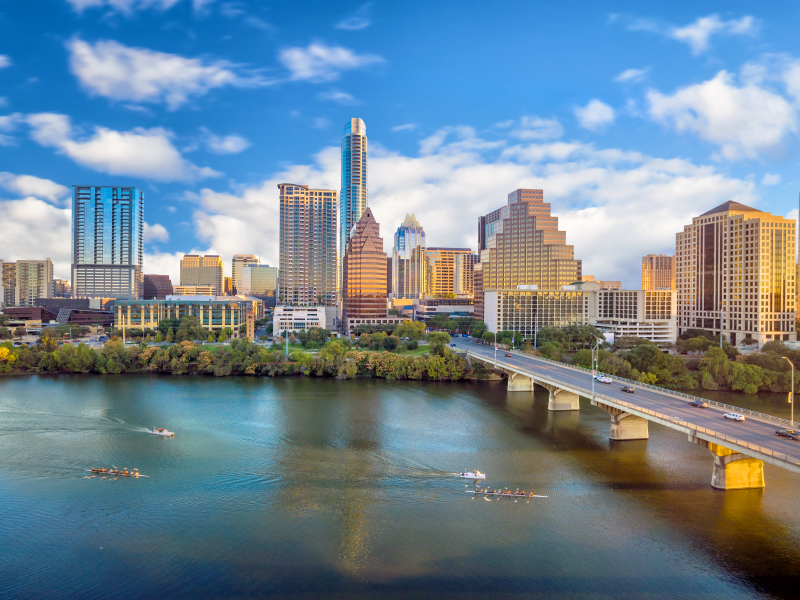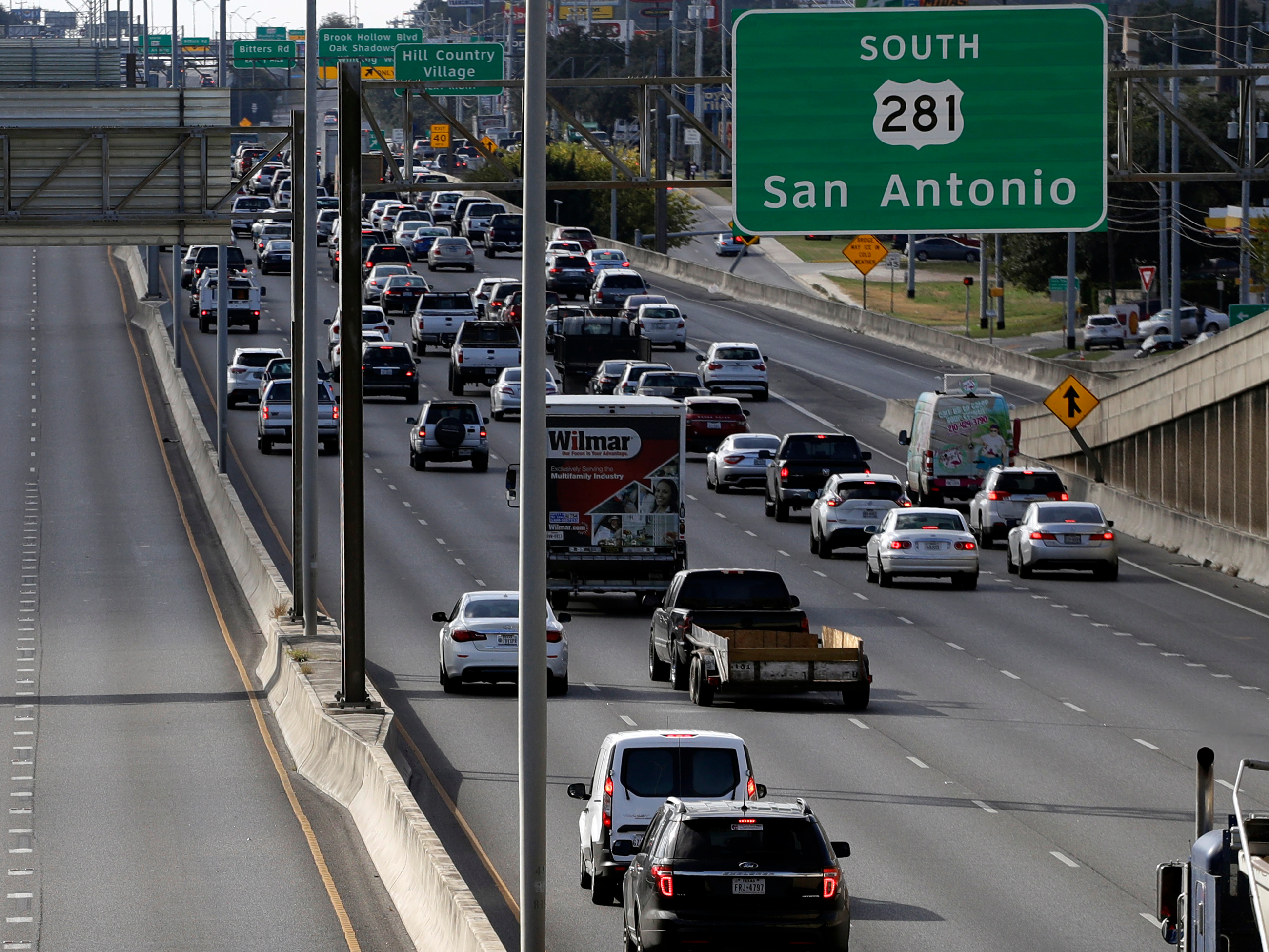- Texas’ population has been growing rapidly for years, and millions of people have moved there.
- The city of Frisco, located in the Northeast region, is a case in point: almost half of the city’s population is made up of people who have moved there within the past 10 years.
- We crunched the numbers on which Texan cities are getting the biggest population boom.
- Overall, the Texas population has swelled from over 25,200,000 to over 28,600,000 in eight years.
- Visit Business Insider’s homepage for more stories.
From 2010 to 2018, Texas swelled by almost 3,400,000 inhabitants.
That’s for a total of 28 million residents – more than the entire population of Australia.
To get a read on where people are moving to, Business Insider used US Census Bureau data, to rank the metropolitan statistical areas in Texas by total net migration between 2010 and 2018 – the number of people who moved into the metro area during that period from another part of the US or another country, minus people who moved out of the metro area – adjusted by the metro area’s 2010 population.
Other recent research, covered by the real estate news service Inman, underscored our findings. It found that Texas is home to a outsized amount of new home owners compared to the rest of the country, with seven of the top 25 cities nationwide for new home ownership in the state.
Frisco was at the top, where a stunning 43.6% of homeowners have lived in the city for less than 10 years. The metro area of Dallas, where Frisco is located, is ranked No. 4 on the Business Insider list. Metro Dallas experienced a net migration of 641,751 between 2010 and 2018 - roughly equivalent to adding a Baltimore or Milwaukee to the Dallas-Fort Worth area.
Midland, in West Texas, became major hub in the oil and gas boom of the last decade, which in turn pushed it up our migration rankings. It had the greatest income growth of any US city in 2018, while Odessa, another oil boomtown on the list, placed second.
Here are the top 12 metro areas in Texas by total net migration:
12. San Angelo had net migration of 3,305 between 2010 and 2018 — 3% of the metro's 2010 population of 111,823.
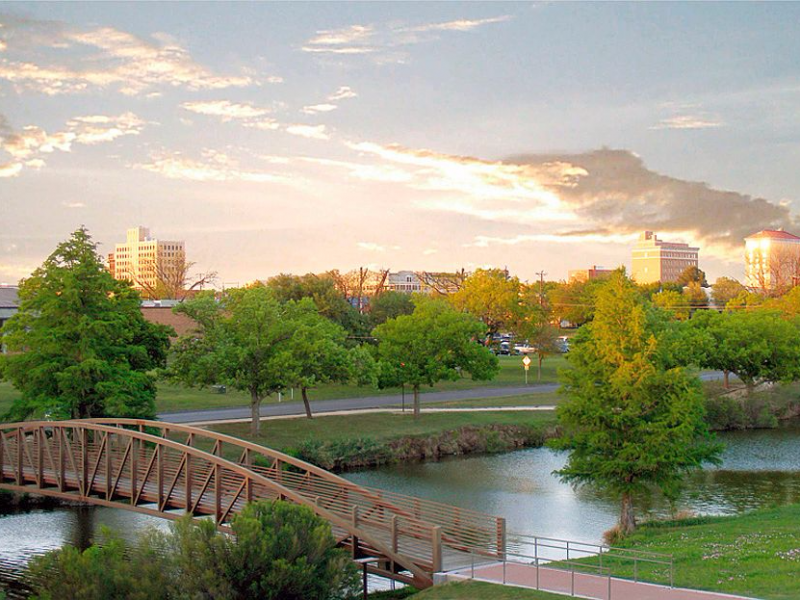
11. Waco had net migration of 7,585 between 2010 and 2018 — 3% of the metro's 2010 population of 252,772.
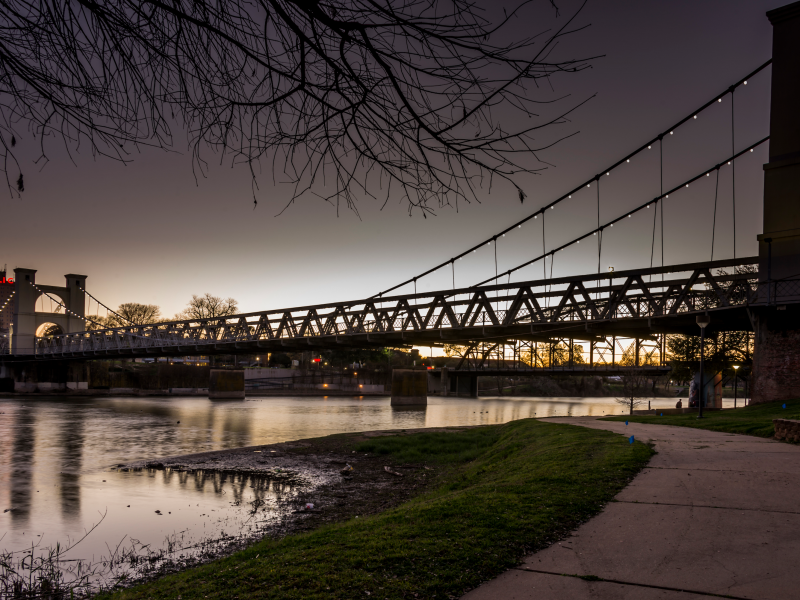
10. Lubbock had net migration of 13,495 between 2010 and 2018 — 5% of the metro's 2010 population of 290,805.
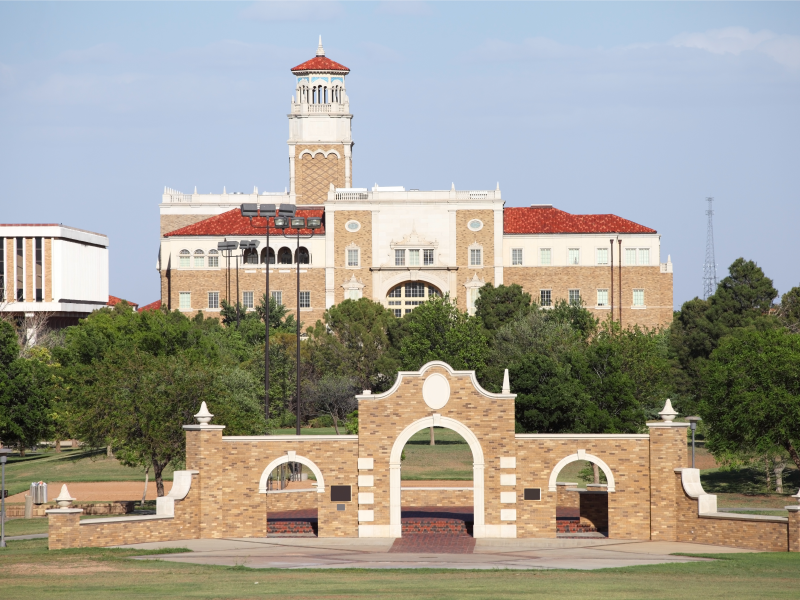
9. Tyler had net migration of 11,910 between 2010 and 2018 — 6% of the metro's 2010 population of 209,714.
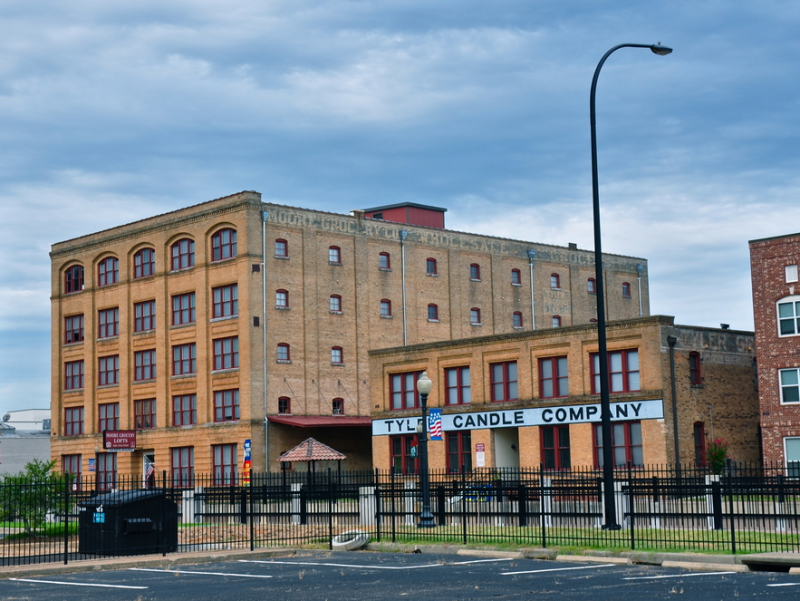
8. Odessa had net migration of 11,351 between 2010 and 2018 — 8% of the metro's 2010 population of 137,130.
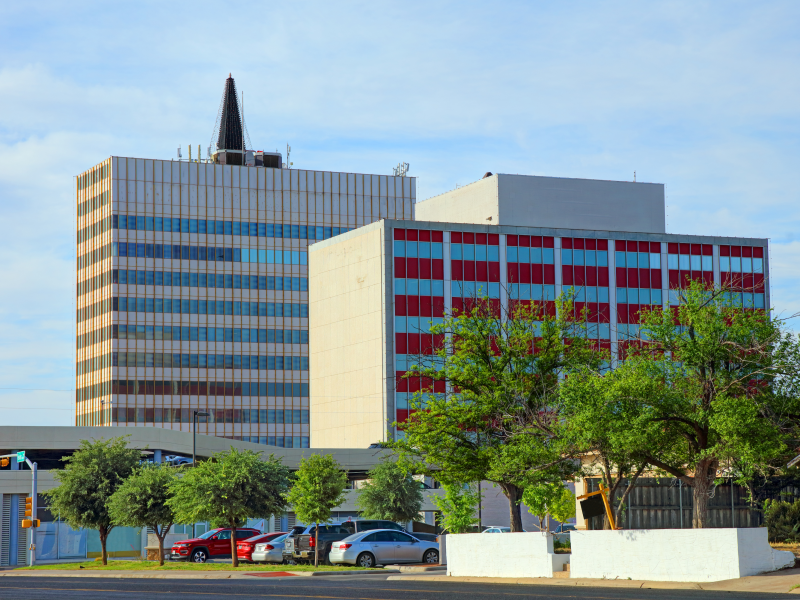
7. College Station-Bryan had net migration of 19,042 between 2010 and 2018 — 8% of the metro's 2010 population of 228,660.
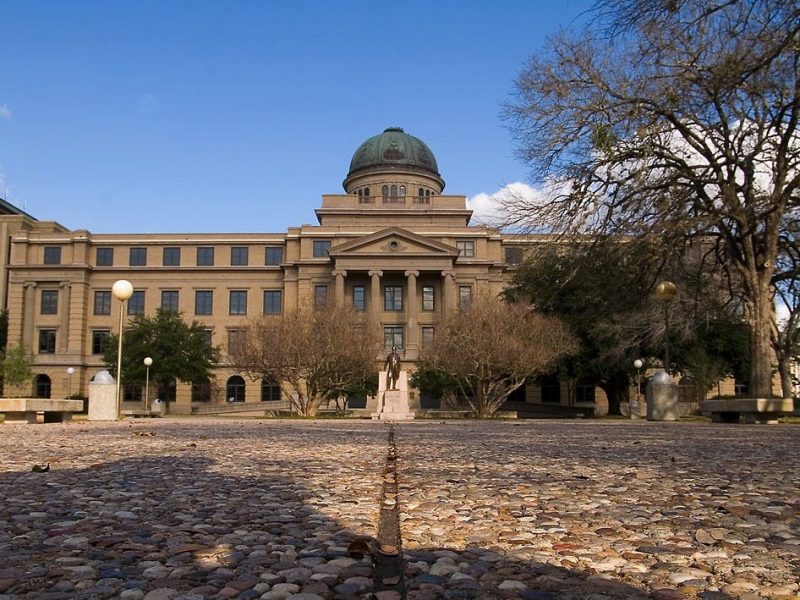
6. Sherman-Denison had net migration of 11,842 between 2010 and 2018 — 10% of the metro's 2010 population of 120,877.
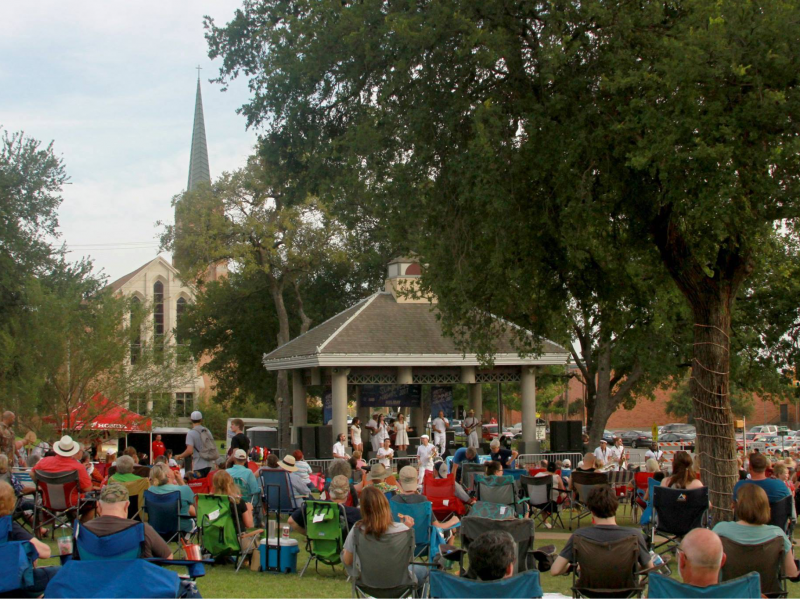
5. Houston-The Woodlands-Sugar Land had net migration of 584,110 between 2010 and 2018 — 10% of the metro's 2010 population of 5,920,416.
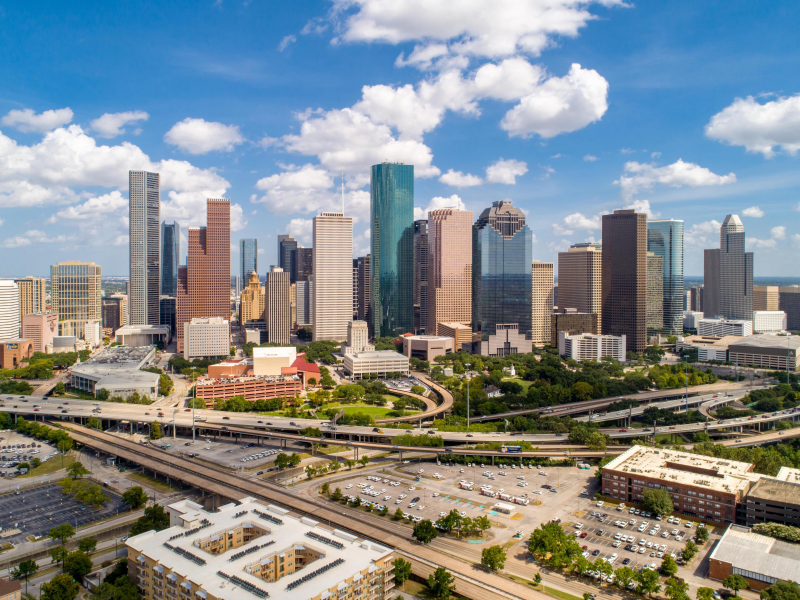
4. Dallas-Fort Worth-Arlington had net migration of 641,751 between 2010 and 2018 — 10% of the metro's 2010 population of 6,426,214.
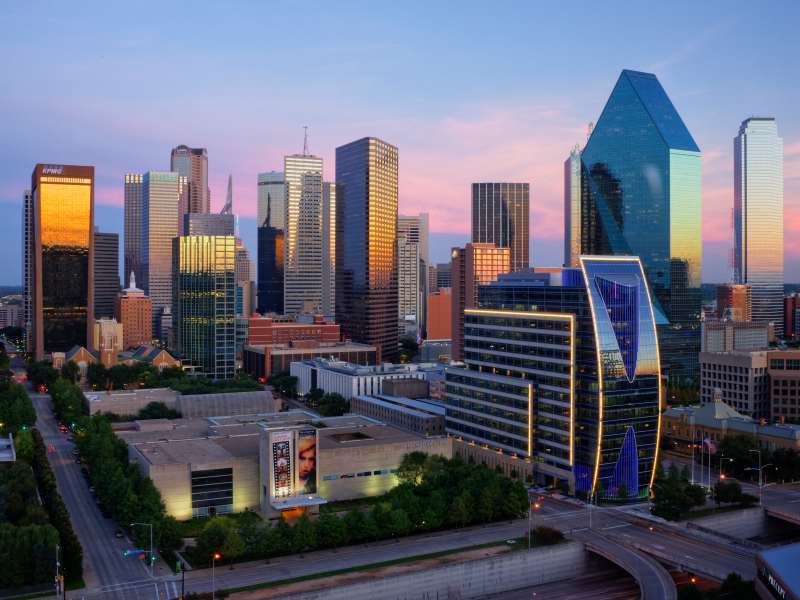
3. San Antonio-New Braunfels had net migration of 239,501 between 2010 and 2018 — 11% of the metro's 2010 population of 2,142,508.
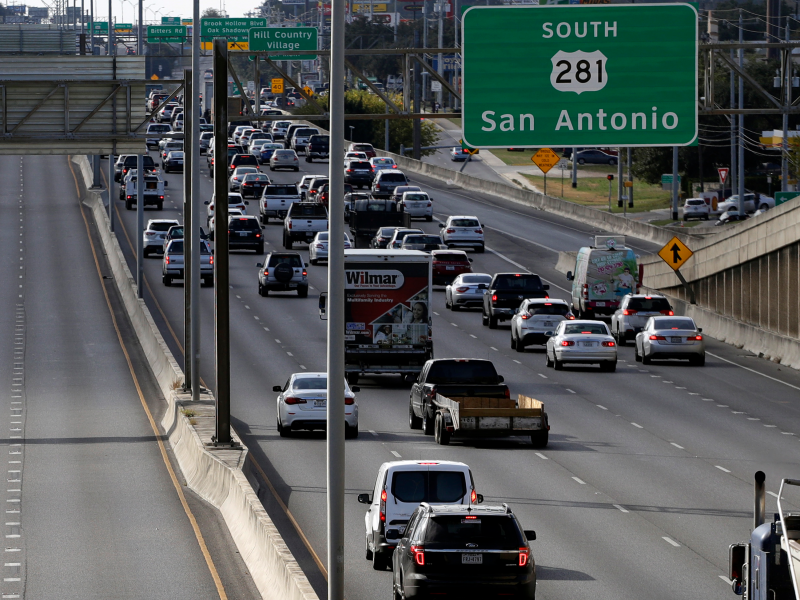
2. Midland had net migration of 22,239 between 2010 and 2018 — 16% of the metro's 2010 population of 141,671.
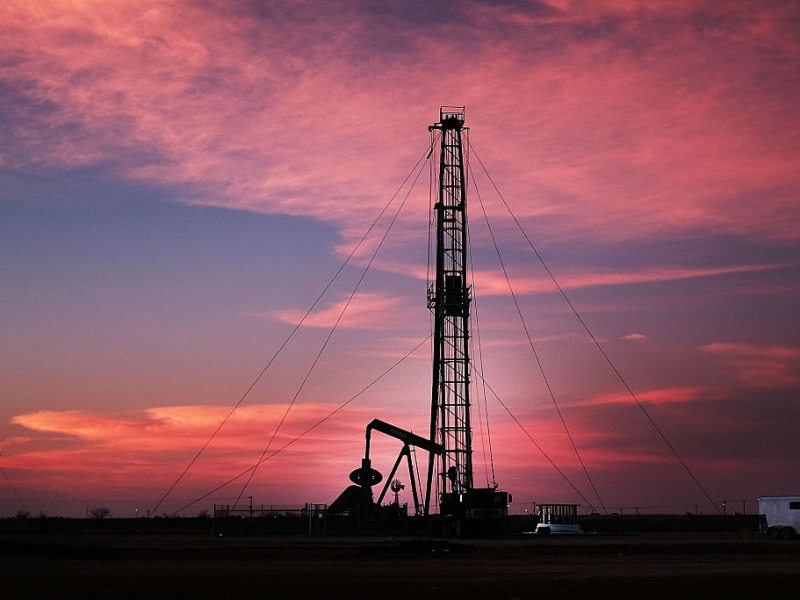
1. Austin-Round Rock had net migration of 310,931 between 2010 and 2018 — 18% of the metro's 2010 population of 1,716,289.
